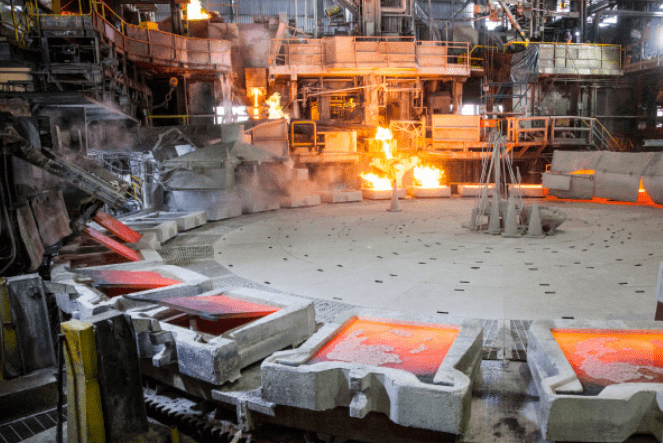Chile, the world’s largest producer of copper, will put into force new regulations in the mining sector from February 4, 2023.
The country has large reserves of metallic and non-metallic mineral resources.
In 2021, Chile recorded an estimated 200 million metric tons of copper reserves, which represented 23% of world reserves, and produced 5.6 billion metric tons of copper.
Mining
On February 4, 2022, Law No. 21,420 was published in the Official Gazette, by which certain tax exemptions are reduced or eliminated, and reforms are introduced to various laws, in particular the Mining Code.
These modifications will be effective as of February 4, 2023 and include:
- An increase in the amounts of the annual mining license, in the case of the exploration concession, from 1/50 to 3/50 UTM (Monthly Tax Unit) (equivalent to approximately 55,000 pesos) per hectare. In the case of the exploitation concession, the amount will be determined based on the years of validity of the concession, in amounts ranging from 4/10 UTM during the first five years of validity of the concession, up to 12 UTM from the thirty first year of validity of the concession.
- The term of the exploration concession is extended from two to four years, eliminating the possibility of extension.
- The holder of an expired exploration concession is prohibited from acquiring, by himself or through an intermediary, a new exploration concession that includes the area of said expired concession.
- The draft of the new Chilean Constitution establishes that the mining regulatory statute will be regulated by law. Three administrative bodies will be created to administer the mining industry: the National System of Protected Areas, the Nature Ombudsman and the National Water Agency. Likewise, the government will establish a framework for mining activity considering environmental and social protection, innovation, the generation of added value, access to and use of technology, and the protection of small miners.
Also in Chile are large amounts of iodine, coal, gold, silver, nitrate, iron ore and molybdenum.
As a result, the mining sector is a significant contributor to Chile’s export sector and GDP.
While non-manufactured mining exports are recorded in the mining sector, the mining production process is included in the manufacturing sector.
![]()

